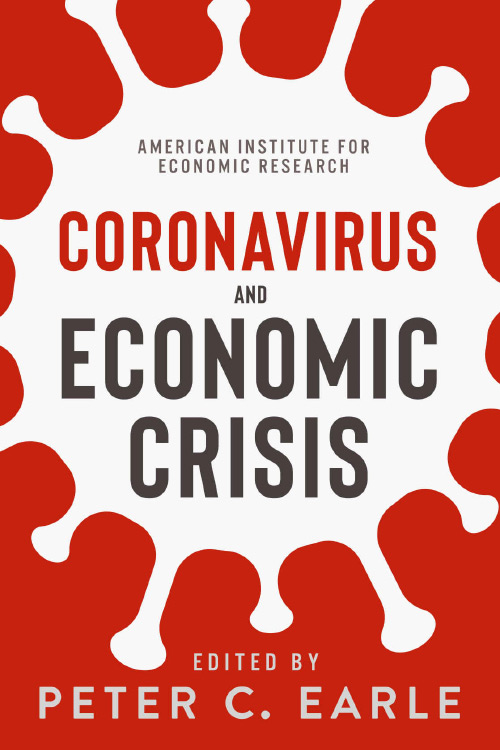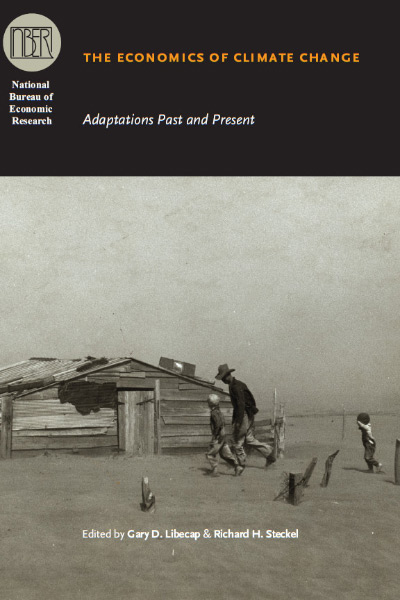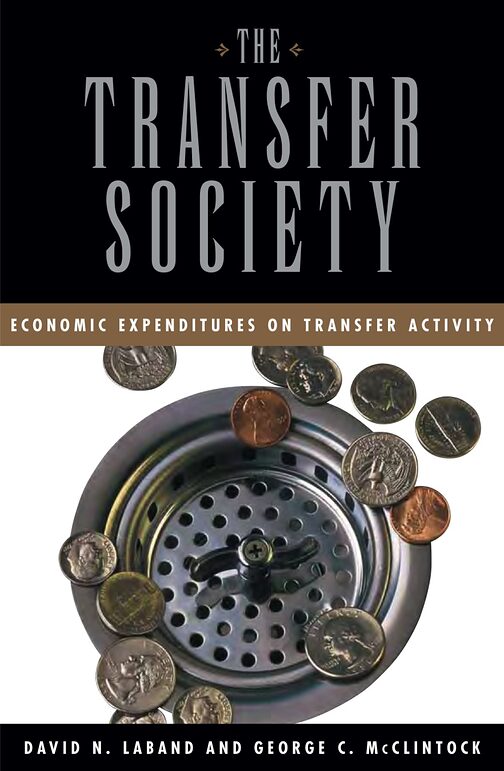In the mid-1980s TPA–tissue plasminogen activor–was being hailed as a major biotechnological breakthrough. It was so effective in dissolving the coronary blood clots responsible for heart attacks that a federal institute abruptly halted a study comparing TPA to another drug. In the view of its researchers, TPA was so superior that it would have been unethical to continue administering the other drug to patients. Nonetheless, the U.S. Food and Drug Administration (FDA) did not approve TPA until late 1987, by which time it was available in eight other countries. According to some rough calculations that I published back then, the FDA’s delay cost about thirty lives per day. I did not realize at the time, but came to appreciate only after reading Henry Miller’s Policy Controversy in Biotechnology, that in regulating biotech products the FDA was one of the better agencies!
Miller’s book is a wide-ranging exploration of the interplay between regulatory policy and scientific advances. This can be an especially insidious process. Unlike taxes, whose magnitude is visible, the burdens of regulatory policies are usually well hidden, especially with regard to new product approvals. Prior to approval, we usually don’t know what we’re missing; after approval, we generally don’t care about how long we had to wait. And where new scientific processes are involved, we are even more clueless.
Consider, for example, that the computer has had a far greater impact on our lives than biotechnology. Perhaps biotech has not advanced as far as computer science, or perhaps its potential is simply not as great. But Miller’s book leaves the disturbing impression that the difference arises at least in part because biotech is regulated far more heavily.
Drawing on his background as both a scientist and a former regulator, Miller compares the development of biotech policy at several powerful agencies. In his view the key issue was, and continues to be, that of “product versus process”: Should biotech’s creations, especially those produced through recombinant DNA techniques, be regulated on the basis of the sort of products they are or on the basis of how they were produced? The latter approach holds the greatest potential for mischief, because it opens the door to regulatory burdens based not on actual risks but on fear of the science. One result is that two identical organisms, be they simple microbes or complex plants, may be regulated entirely differently if one is found in the wild and the other is produced by genetic splicing.
The author begins by examining the scientific irrationality of subjecting biotech to special regulatory treatment. Man-made genetic recombination has been occurring for thousands of years in the form of agricultural domestication and breeding of plants and animals–humdrum activities that raise practically no one’s eyebrows nowadays. At the microbe level, mutations have been used safely in vaccine production for several decades. Nature has been in the recombination business for much longer, showing no respect for the boundaries between species. Bacteria, for example, commonly imbibe the DNA of rotting animals without producing National Enquirer headlines, let alone federal initiatives.
Nevertheless, the “process” approach of singling out biotech has proven quite attractive to most agencies, driven as they are by such fundamental forces as media fear-mongering, administrative turf-seeking, and special-interest lobbying. The National Institutes of Health (NIH) was the first to embrace this approach. Though it subsequently lightened its regulatory hand, the Environmental Protection Agency (EPA) and the Department of Agriculture also have adopted the view that biotech requires special regulation. We can be thankful that the FDA did not do so, at least in the area of medicines. As a result, biotech pharmaceuticals have been a relatively successful branch of the industry.
A pure scientist would make the case against overregulation solely on these grounds and then stop, but here Miller’s regulatory experience comes into play. The gory details in this book involve not biology but politics–institutional incentives, personality clashes, administrative back-stabbing. Self-interest becomes a more powerful catalyst than reverse transcriptase: scientists metamorphose their views when they become appointed officials; agencies co-opt their scientific advisory boards; administrators lobby research journals to reject papers by their colleagues at competing agencies. Something similar undoubtedly goes on in the private sector as well, but there one finds corrective counterforces such as the need ultimately to create products useful to others. Here, however, we have policies that benefit only the agencies that administer them or the dominant companies shielded from new competition.
Markets give us an awe-inspiring range of products; biotech overregulation gives us a depressing range of product disincentives. For example, “ice-plus,” a bacterium that facilitates frost damage to plants, was genetically modified to do less mischief. When researchers sought to field-test the new “ice-minus” strain, the EPA declared it to be a pesticide and imposed a heavy array of regulatory prerequisites. That, coupled with the presence of EPA agents dressed in moon suits at the long-delayed field trial, was enough to kill the project. Ironically, the same new strain of “ice-minus” bacteria arises spontaneously in nature. Under the EPA’s “process-based” approach, tests of this “natural” strain are unhindered by the agency.
Humans fare no better than plants. Consider human gene therapy, which Miller describes as “the most highly regulated procedure in medicine, and perhaps the most regulated of any in society” (p. 139). In addition to conventional regulation by the FDA and hospital review boards, gene-therapy clinical trials come under three levels of NIH review, and they are subject to a host of “ethical” concerns (e.g., equality of access and potential for coercion) that, despite being applicable to all medical procedures, are taken to warrant still more regulatory caution for biotech.
Privately, both agencies and special interests often attempt to justify heavy biotech regulation as needed “to calm a ‘hysterical’ public” (p. 58). But as Miller points out, this rationalization is overblown. Most of our domestically produced cheese, for example, is made using a biotech enzyme, but this process has triggered neither consumer riots nor depressed pizza sales.
Miller’s style and approach are lively. He compares Lysenko and Vice President Al Gore under the rubric of “powerful idiocy”; he characterizes the EPA as “by far the most scientifically-challenged agency” that he ever encountered; and his dissection of trade-association politics shows that he pulls no punches with respect to industry. In his words, the biotech “industry has not driven a single major regulatory improvement in the past 20 years” (p. 184).
Sometimes Miller’s charges sound a little too pat. In discussing David Kessler, the FDA’s recently departed head, he writes that “previous FDA Commissioners . . . had insisted that agency decisions be based on science, law and common sense. [Under Kessler] everything has become politics, politics, and more politics” (p. 57). Perhaps things did worsen under Kessler, but it is hard to believe that the previous situation was hunky-dory, especially in light of Miller’s own expert description, elsewhere in the book, of the forces that make the FDA inherently overcautious in approving new therapies: An approval that misfires can produce highly visible victims and intense political heat. On the other hand, delaying or denying a needed therapy might hurt even more people, but all they and their families will know is that their doctors did all they could; neither they nor the public will ever realize that a federal agency is at fault.
Because the book is based on a series of essays, it suffers slightly from occasional repetition. Its extensive references are useful, but a more comprehensive index would have been helpful. And readers with little scientific background would have benefited from a rudimentary outline of genetics or a scientific glossary. These shortcomings, however, create only minor inconveniences in this excellent examination of what happens when technology sinks into a regulatory quagmire.


















